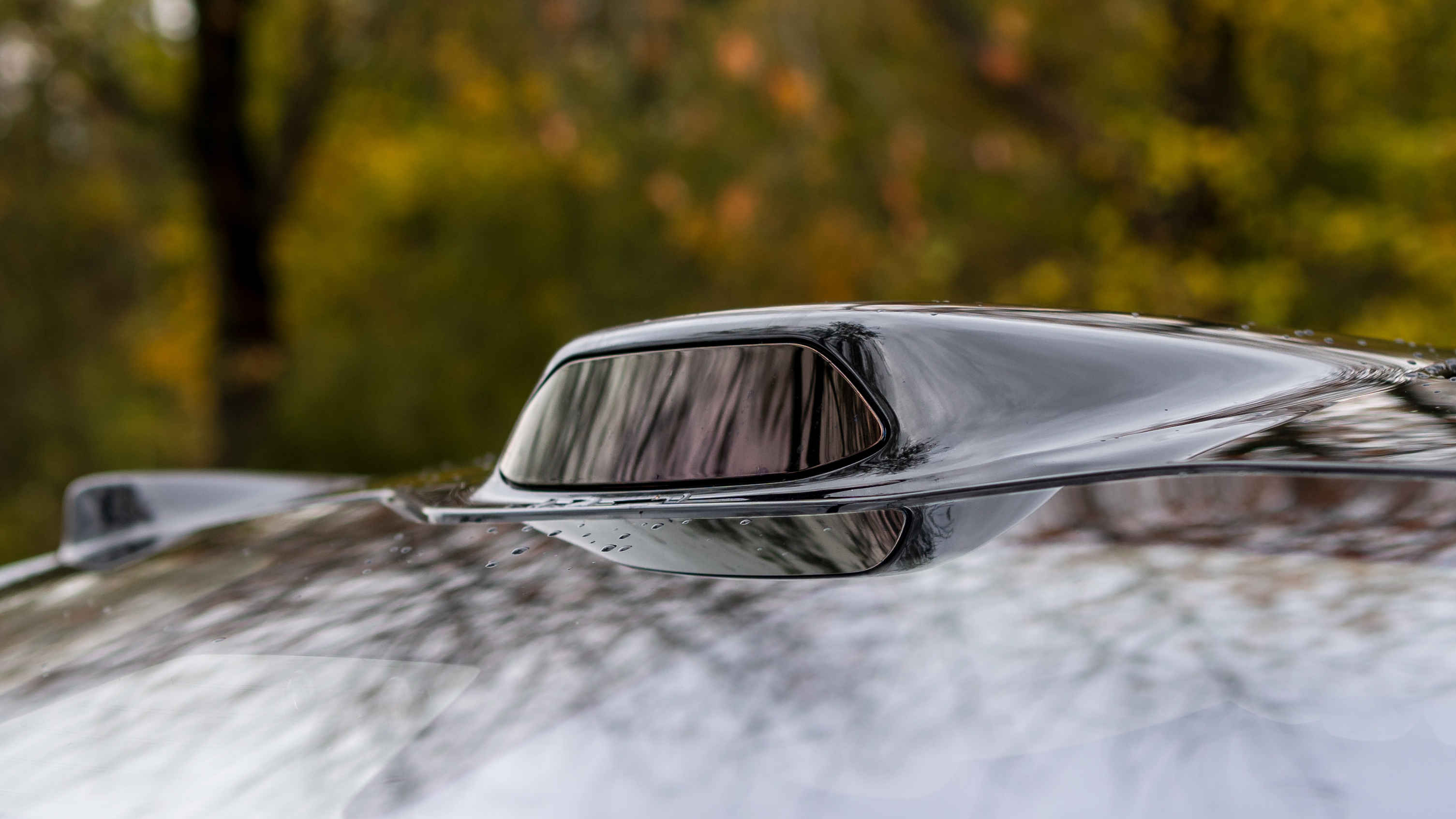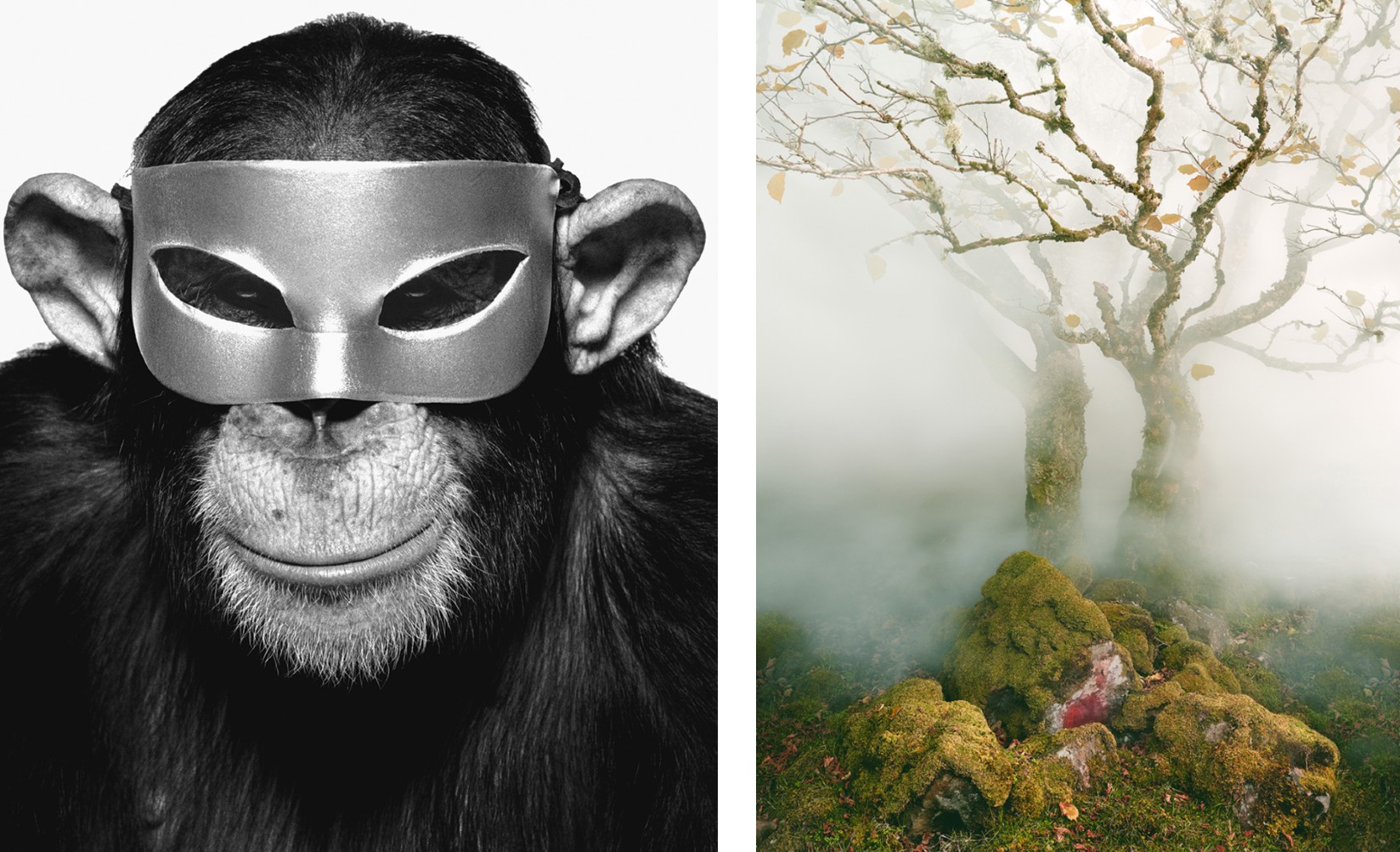This viral video shows how photographing a self-driving car could actually destroy your camera
Lasers can damage a camera sensor… which means so can the LiDAR on some cars

Concentrated light sources can literally melt part of a camera’s sensor, which is why photographers are often warned not to photograph lasers or solar eclipses without taking proper precautions. But a viral video shared to Reddit is illustrating another potential destroyer of cameras: the LiDAR on self-driving cars.
LiDAR (Light Detection And Ranging) uses pulses of light or lasers to measure the distance between objects. Because this technology is laser-based, letting a pulse of light directly hit a camera’s sensor could burn a hole in those pixels – resulting in a permanent blank spot on any subsequent photos or videos.
In the video, a smartphone captures footage of the pulsing laser sensor on the LiDAR on the Volvo EX90. As the phone pans around the LiDAR, the laser leaves behind a constellation of dots that remain on the footage even after the user has moved the phone away from the laser’s direct path. The dots appear to increase in intensity as the user zooms the camera in.
Never film the new Ex90 because you will break your cell camera.Lidar lasers burn your camera. from r/Volvo
As concentrated beams of light, lasers can heat up surfaces. When this happens to a camera sensor, the laser overheats part of the camera sensor, leaving a permanent dot in any subsequent photos or videos captured with the device. This happens with any high-powered laser and isn’t unique to the Volvo called out in the video.
For a laser to damage a camera, it needs to hit the sensor directly for that overheating to occur. A laser pointed across a stage, for example, isn’t going to damage it – but a laser pointed directly at the camera sensor can be disastrous.
Some photographers opt not to photograph lasers at all to avoid damaging the camera. Others take protective measures like ensuring that the camera isn’t in the laser’s direct path.
Using zoom concentrates the laser’s intensity, so opting for wider angles can increase safety, as can using narrower apertures. Using a lens hood may also help prevent some (but not all) damage from lasers, by blocking some of the angles where a laser could potentially point directly into the camera lens.
The best camera deals, reviews, product advice, and unmissable photography news, direct to your inbox!
LiDAR-equipped cars can be photographed safely when the car, and thus the lasers, are turned off. To photograph moving LiDAR cars, photographers should follow similar guidelines for photographing a concert with lasers used in the special effects.
A post shared by Maja Moan (@majamoan)
A photo posted by on
Never face the camera lens towards the direct path of the lasers. Using wide-angle lenses and staying further away from the laser will also help decrease the laser’s intensity, which will reduce the likelihood of damaging the camera sensor.
You may also like…
LiDAR is actually helpful in camera technology too (just not pointed into the lens). Brush up on LiDAR autofocus technology. Or, read our tips on how to photograph classic cars. (No LiDAR, whew!)

With more than a decade of experience writing about cameras and technology, Hillary K. Grigonis leads the US coverage for Digital Camera World. Her work has appeared in Business Insider, Digital Trends, Pocket-lint, Rangefinder, The Phoblographer, and more. Her wedding and portrait photography favors a journalistic style. She’s a former Nikon shooter and a current Fujifilm user, but has tested a wide range of cameras and lenses across multiple brands. Hillary is also a licensed drone pilot.
You must confirm your public display name before commenting
Please logout and then login again, you will then be prompted to enter your display name.
